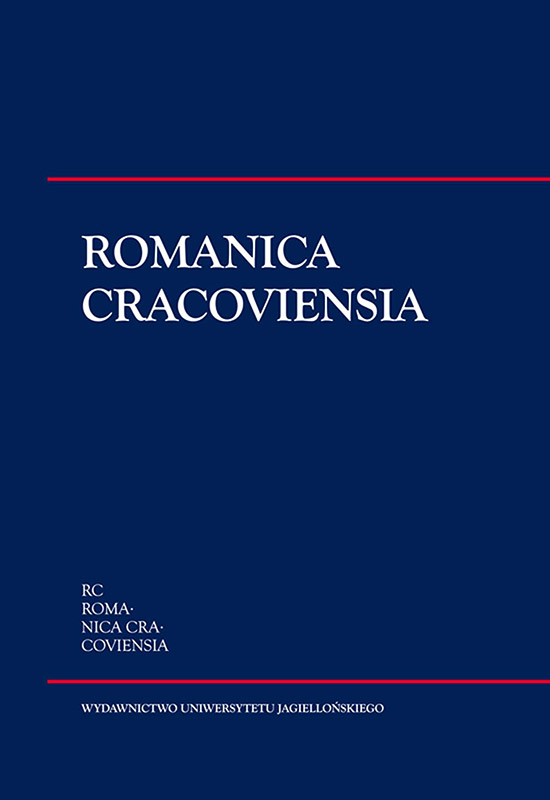Eugène Demolder, La Légende de Seppê-Kaas au jours des morts. Sur le lieu clos, les espaces ouverts et quelques intrus(es)
On enclosed place, open spaces and certain intruder(s)
Author(s): Barbara SosieńSubject(s): Other Language Literature, Theory of Literature
Published by: Wydawnictwo Uniwersytetu Jagiellońskiego
Keywords: doubling; eponymous narrator; Belgium; Italy; naturalistic literariness; symbolic ambiguity; death;
Summary/Abstract: In the story Légende de Seppê-Kaas au jour des Morts by Eugène Demolder every element is doubled. First of all, it concerns the composition, that is, the temporal and spatial structure of the text: the location, Belgium, i.e. the North versus Italy, i.e. the South; the time: present and retrospective past, the narrator: hetero- and homodiegetic. Next, there are the elements of diegesis, which define the narrative dynamics, as well as the symbolic imaginary stratum: ascetic minimalism and erotic freedom, darkness and light, naturalistic literariness and symbolic ambiguity. Cohesion is provided by the ubiquitous image of death: it is death that determines both the sense of current events and the significance of the scenes generated by memories, or, possibly, illusions of the eponymous protagonist-narrator.
Journal: Romanica Cracoviensia
- Issue Year: 16/2016
- Issue No: 1
- Page Range: 47-55
- Page Count: 9
- Language: French

